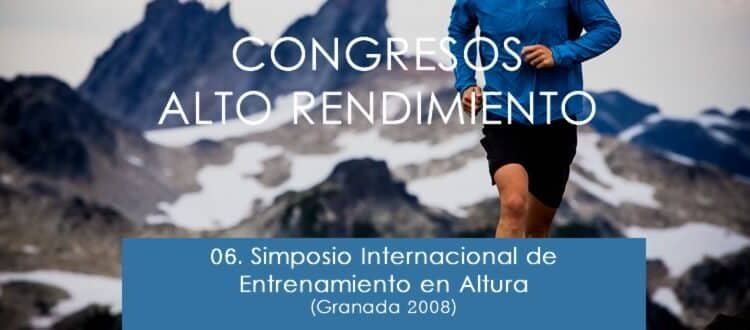Physiological aspects of structural and functional training adaptations -theoretical and practical remarks to high altitude training (1800 – 2400m)
Physiological aspects of structural and functional training adaptations -theoretical and practical remarks to high altitude training (1800 – 2400m)
Training at high altitude (HA) is one of the few possibilities, to increase the performance more than by the normally given circumstances. To estimate the positive (or negative) effects of a training at HA personal experiences from the point of view of a direct training monitoring process play an important role. Beside the general difficulties to receive those data from experienced athletes themselves, only a few objective data from the training practice with top class athletes are available. Beside this the effect of training at high altitude with the goal to improve performance capacity in endurance sports is still under discussion in sports sciences. By this reasons it is necessary to differentiate between
– general effects of high altitude, which are nearly independent from the training process;
– positive (or negative) effects of training in high altitude, which lead to a stronger increase of performance under the conditions of high altitude;
– effects of training, which only can be awaited during high altitude conditions compared to those in sea level.
According to the more physiological questions of training in HA or sea level (SL) we carried out several studies with various aims; the results of those studies are the bases of the presented aspects of the presentation. One study we proceeded about the changing in different peripheral blood parameters during a HA training camp compared to the findings of SL; the results were the following: With all subjects there was an increase in hemoglobin and hematocrit. The maturation of the reticulocytes, divided by a scattergram into three sections according to juvenile, middle and old reticulocytes, rose heavily during the first week. The juvenile reticulocyte ratio was increased, and after the high altitude camp it was significant higher as compared to SL. According to these results, an increase of total blood volume and a higher capacity for the transport of oxygen can be estimated. During another study at HA and at SL we estimated the average intensities in the total amount of training of a middle distance sport event. The distribution was as follows: 81% of the training intensities were practised with less than 2 mmol/l lactate, 7% in the area between 2 – 4 mmol/l and 1% above 4 mmol/l; strength and strength endurance training participated in 11%. – The intensities in the training camp at SL were significant different, respectively. In some other studies we measured power output, heart rate, oxygen uptake and lactate before, at the beginning and the end of a training camp at HA and after the return to SL. With this study the loss of performance after acute HA conditions and also the benefit some days after return to SL could be illustrated. For the more training practical and methodological aspects some guidelines and training recommendations for the use in endurance sports will be given.






